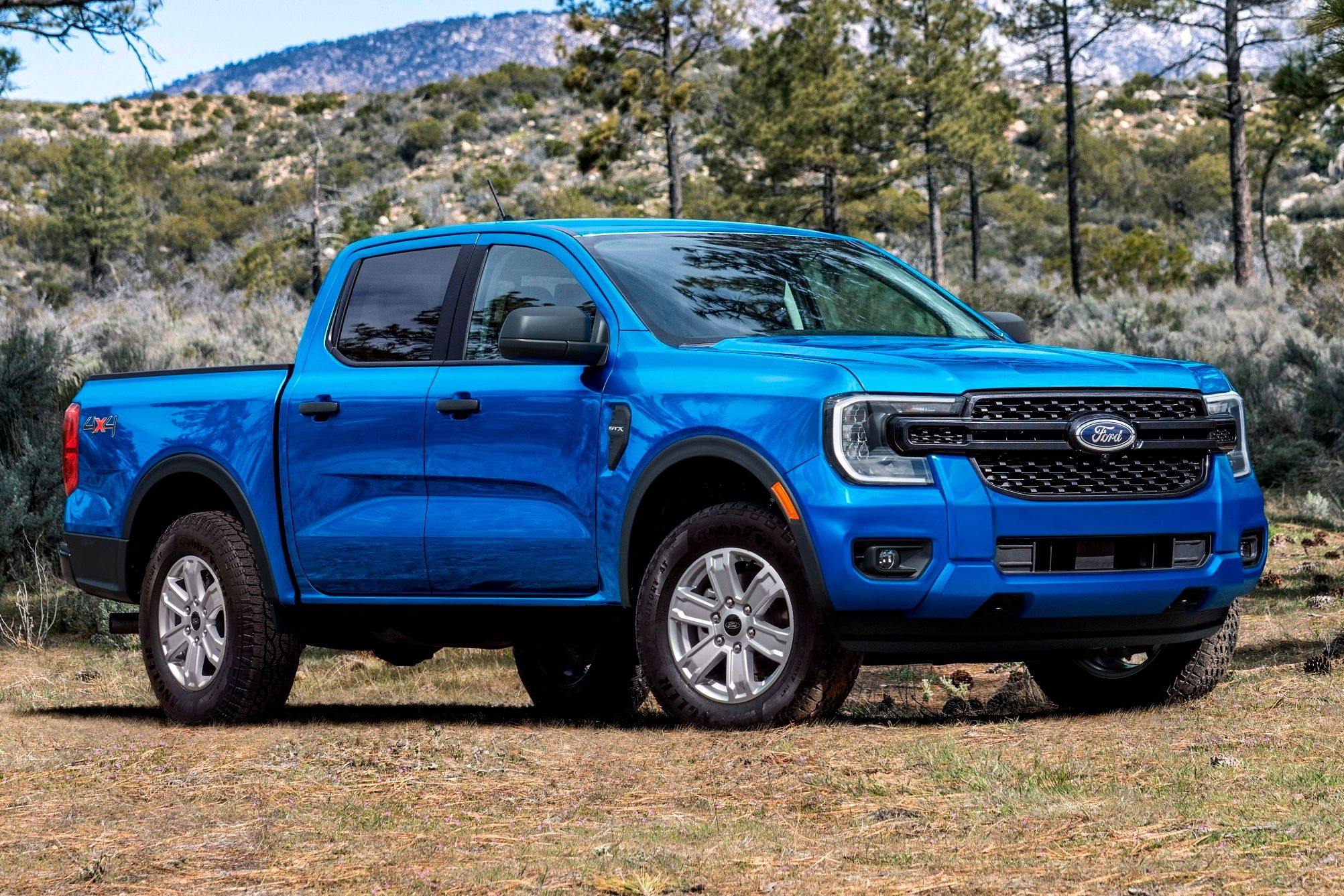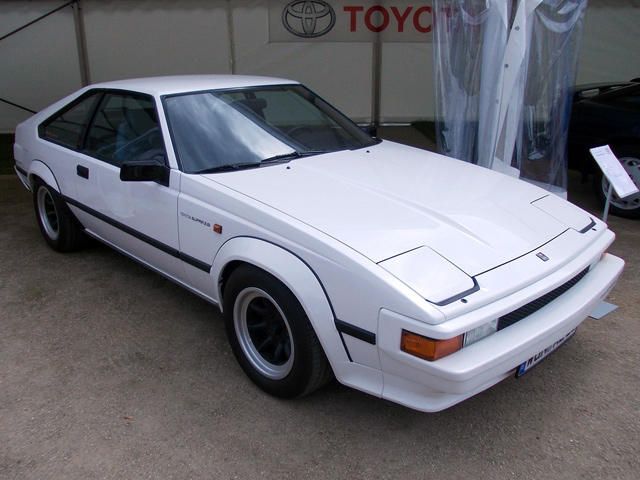
In 1979, the Toyota Supra, then still an offshoot of the Celica model, would become the first Japanese production car to get a turbocharger. This would inspire competitors, and soon Japan would be making quite a few different turbocharged cars. It's thanks to this trend which was kicked off by the Supra that the import tuning craze would later pick up. The Supra would be important no matter what, just for being a fantastic car, but it was also a first.
Back in 1967, Toyota built what is generally regarded as Japan's first supercar. This was the legendary 2000GT, a car which was produced only until 1970. You may have seen one in the James Bond film "You Only Live Twice", but not likely anywhere else, because they are extremely rare. In spite of this rarity, the car still managed to attract a lot of attention for Toyota, and by the late Seventies, Toyota was looking for a way to once again capitalize on this. Datsun/Nissan had their successful Z-car, and Toyota saw a way to compete with it by simply taking the engine out of the 2000GT and put it in a Celica.
This new Celica offshoot had its hood stretched to accommodate the inline-six engine, and the engine was given electronic fuel injection, another big deal at the time. The car was called the Celica XX for 1978, but would become the Celica Supra for the US market when exports began in 1979 for the 1980 model year. This would ultimately prove to be the better name, and when the Supra broke off of the Celica line to become its own model in 1986, this would be the name it adopted for all markets. The standard Supra produced 110 horsepower, but 1979 saw the introduction of the turbocharged model.
This used a Garrett T03 turbocharger without an intercooler to boost the output of the 2.0-liter engine to 145 horsepower. By the end of the Mark I Supra's lifetime, in 1980, the car had a 0-60 time of 10.24 seconds. Now I know you're thinking that's slow, but consider this: the V8-powered Ford Mustang Cobra of the same year hit 60mph in 11.2 seconds. The Supra's not looking so bad now, huh? It was actually a very advanced car for its day, complete with 4-wheel disc brakes and an absolutely cutting-edge suspension. It was also an easy car to live with, with power window and locks, plus one of the best stereos you could get in a car at the time.
The debut of the Supra was really pretty badly timed. 1980 saw new emissions regulations for both the US and Japan. Such turbocharged monsters as the Saab 99 Turbo and the Porsche 930 weren't even sold in the US after 1980, and only the Porsche would survive to return in 1986. It was this same year when Toyota debuted a new Supra which was both emissions compliant and much more powerful. This was the Mark III Supra, which had now broken from the Celica to become its own model. When the new Supra Turbo debuted in 1987, power was up to 230 horsepower, and the 0-60 time was down to 6.9 seconds.
What a difference a few years make. The Supra would continue to evolve and in 1992 would make a big leap forward. The new JZ engine replaced the now-outdated M-series engine which had started life in the 2000GT. This had a twin-turbo setup which was highly advanced. This was a time before even Porsche had moved the twin-turbo setup from the 959 down to the 911 range. Having a pair of turbos was for supercars, but the Supra still had them. Horsepower was now up to 276, although this is likely to have been underrated, and the 0-60 time was just 4.6 seconds, still good 20 years later.
The Porsche 930 was the car that had brought turbocharging to pure sports cars, while the Saab 99 Turbo had made it mainstream, but the Supra was the car which combined these elements. A non-exotic everyday sports car with a turbo system was first realized in the Supra. It's true that Ford would bring out a turbocharged Mustang just a year later, and although this was actually quite a good car, it proved to be an evolutionary dead-end. The Supra not only came first and introduced turbocharging to Japan, but it also proved to be a very important car for the evolution of turbocharging.
The Supra remains one of those all-time great sports cars, a fantastic example of not only how a cutting-edge sports car can be affordable, but also how such a car can evolve and remain relevant throughout its lifetime. Few cars ever have pulled off such a difficult combination of attributes for such a long period of time.

